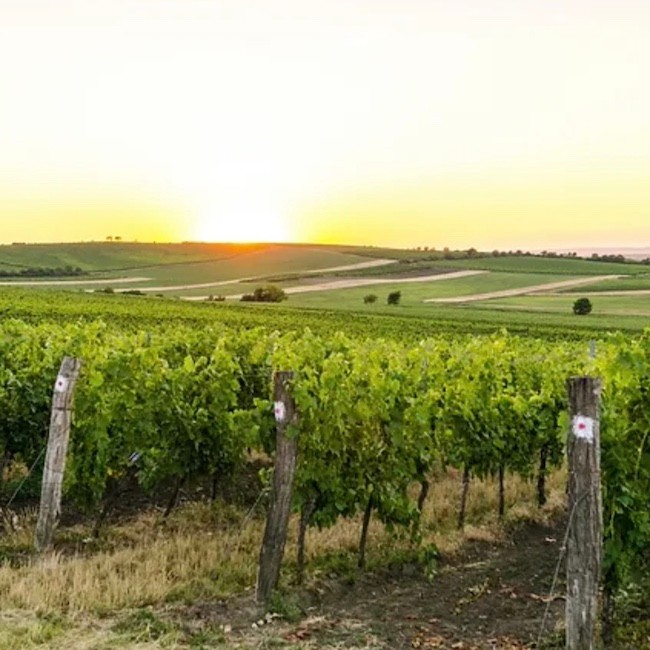.png.transform/rendition-xs/image_image%20(1).png)
Castile-La Mancha, Home of Two New Wine DO: Campo de Calatrava and Rosalejo
This is the world’s largest wine-producing region and 23 wine DO are located in it
It’s official: there are 2 new wine Designations of Origin in Spain, as recognized by the European Commission.
The first, Campo de Calatrava DO, is located in Ciudad Real and stretches across 16 towns in the province, in Castile-La Mancha, which is the world’s largest wine-producing area.
The second is Rosalejo DO, a pago located in Sierra de Sevilleja, between Toledo and Ciudad Real, also in Castile-La Mancha.
With this new addition, the region is now home to 23 DOs. Asides the new ones, there are La Mancha, Manchuela, Méntrida, Uclés, Mondéjar, Ribera del Júcar, Almansa, Jumilla, and Valdepeñas DOs. There is also one IGP, Vinos de la Tierra de Castilla, and 12 Vinos de Pago recognitions that acknowledge a defined area or single vineyard that demonstrates a high quality in their wines.
Campo de Calatrava, a wide variety of grapes and styles
The region where these wines are made is especially hilly, with gentle elevations alternating with small plains. The soils are volcanic with a high nickel content.
This DO produces white, rosé and red wines, which can be dry, semi-dry, semi-sweet, and sweet; quality white and rosé sparkling wines; and red wines made from overripe grapes. Some of the grapes used in red Campo de Calatrava DO wines include Cencibel, Tempranillo, Cabernet Sauvignon, Merlot, Syrah and Bobal, and in white wines, the varieties are Airén, Macabeo, Verdejo, and Chardonnay, among others.
According to Emiliano García-Page, the president of Castile-La Mancha “this is more than a seal; it’s the recognition of our products’ authenticity and excellence and an important step for promoting our regional gastronomic culture."

Rosalejo, a natural acidity and freshness
In Rosalejo DO, the vineyards are planted on a north-south facing slope, and due to the unique characteristics of its soil composition, the wines have a natural acidity that is very different from other wines from the same region, which gives them a fresh and youthful quality. The wines from this DO have notes of berries as well as a freshness typical of other latitudes much further north.
With these two new additions, there are now over 100 registered designations of origin in Spain.
